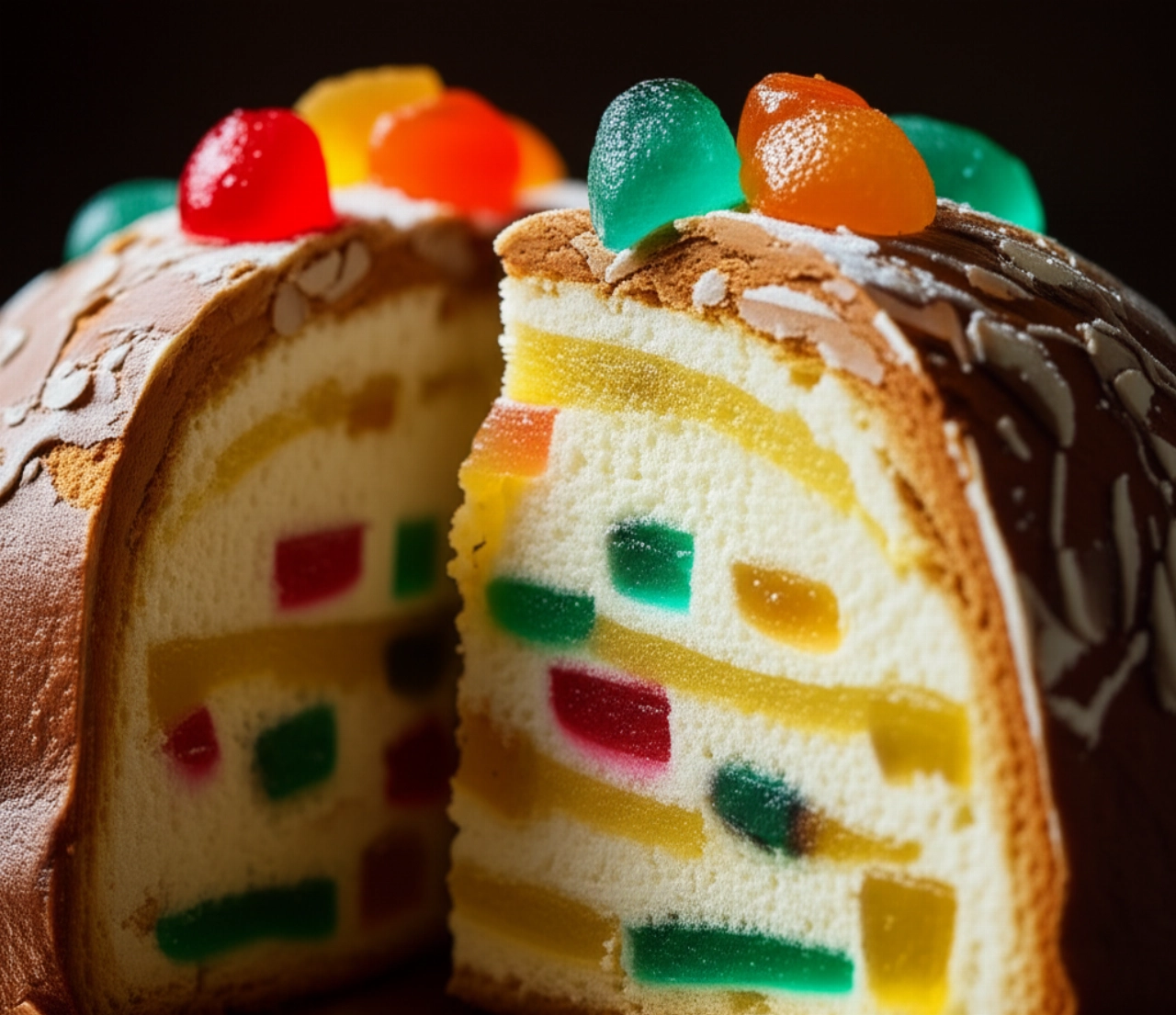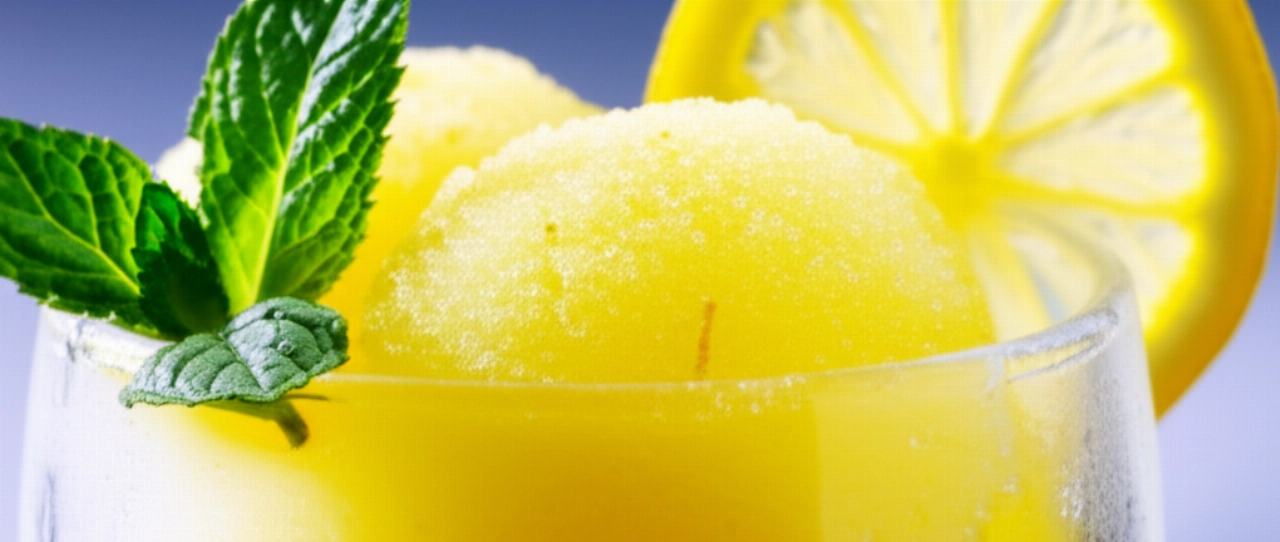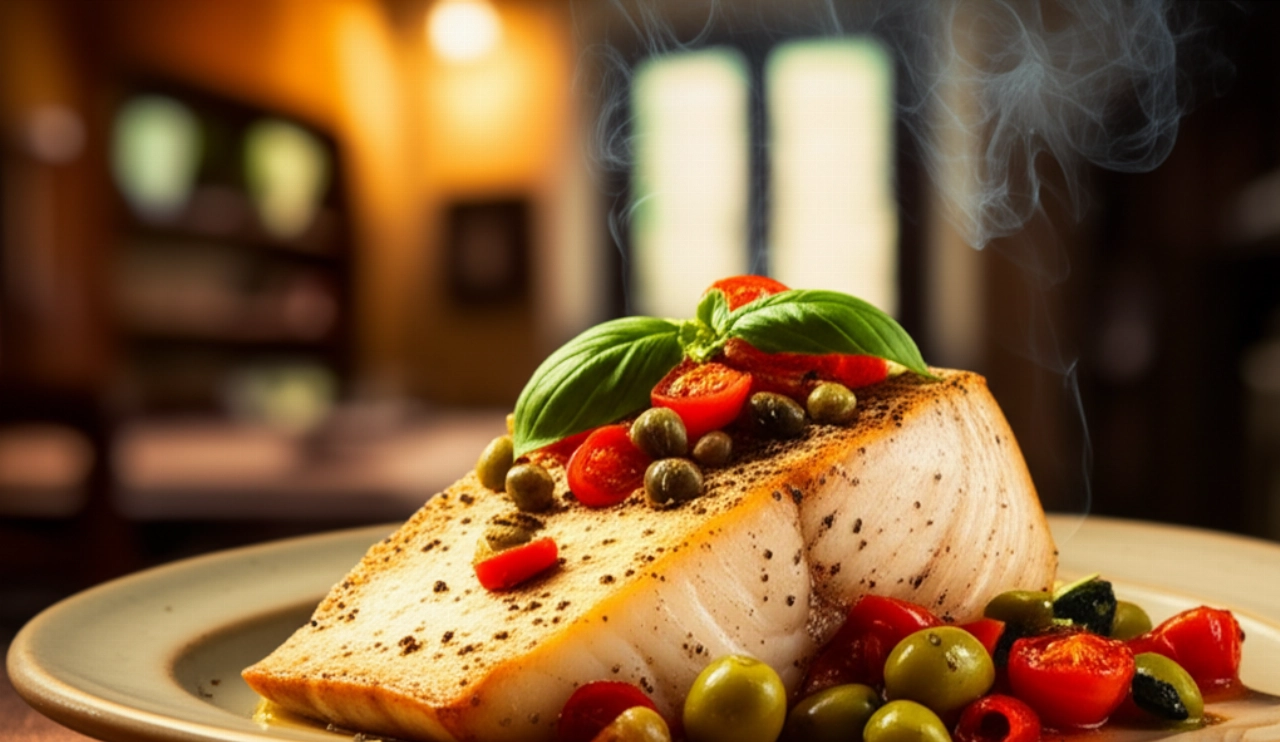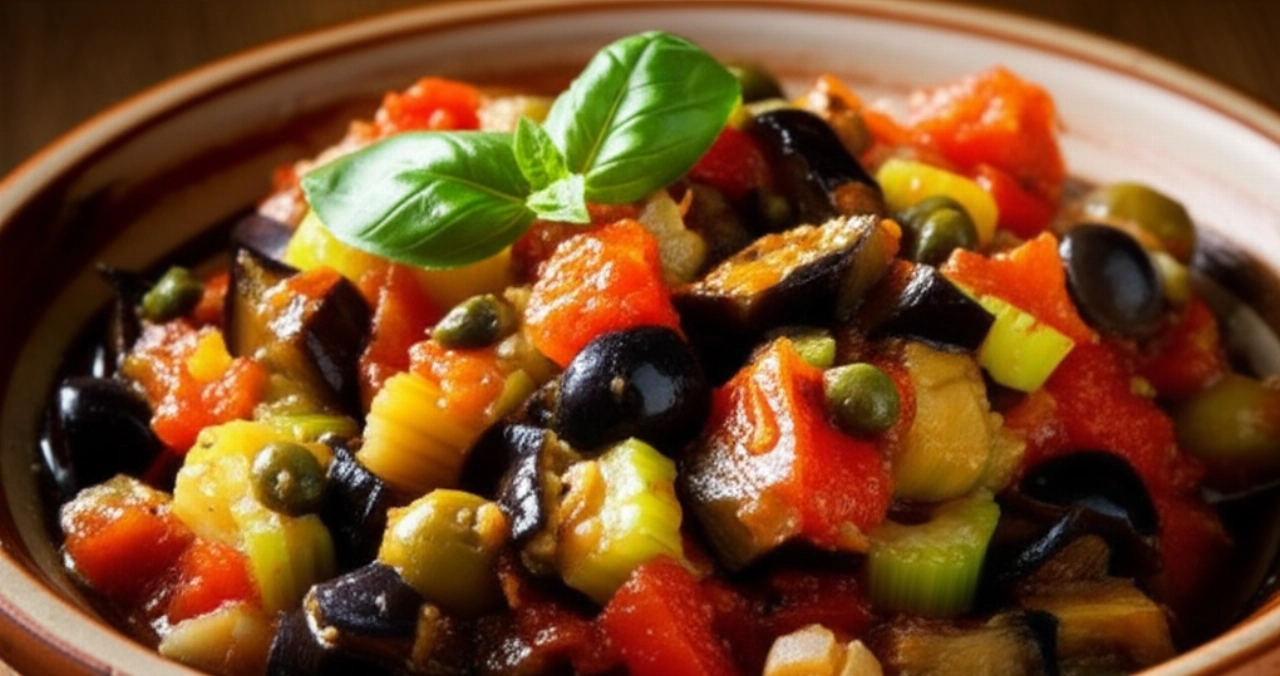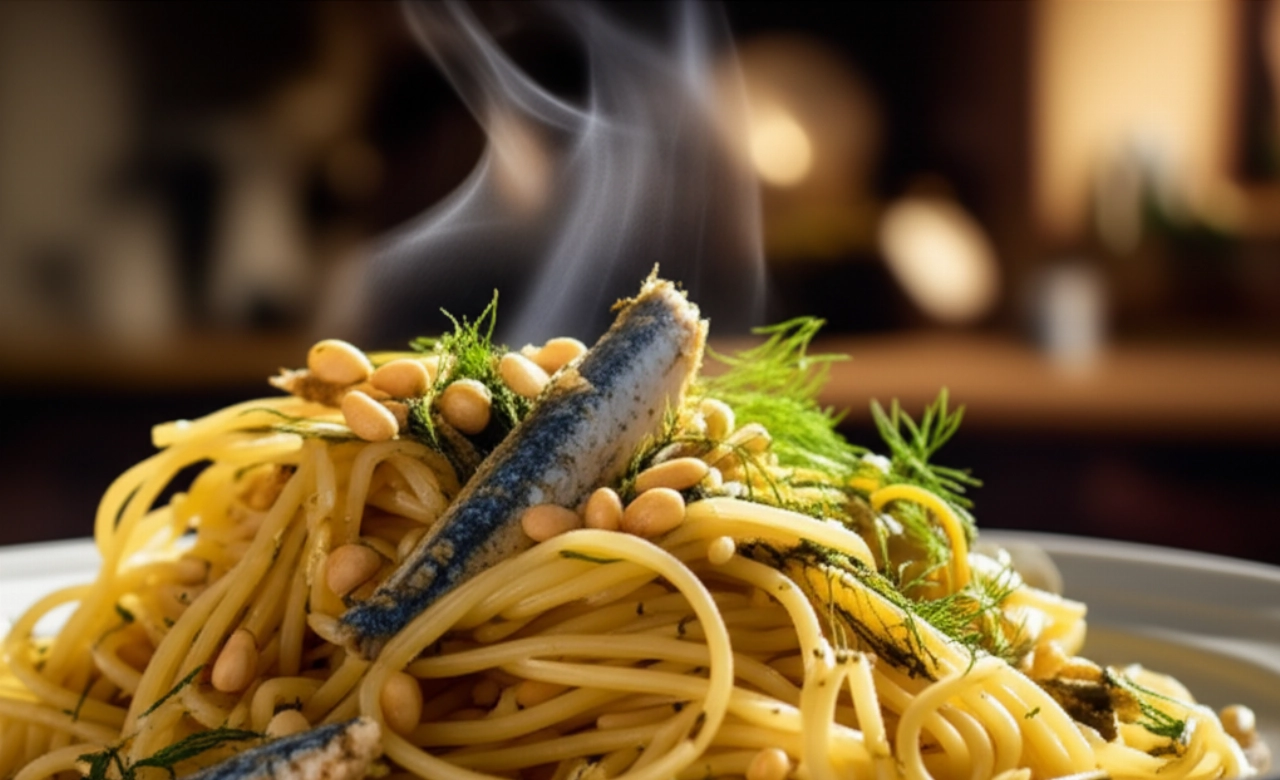There's a sound, a scent, a taste that evokes Sicilian summer like no other: that of granita. Spoonful after spoonful, it's a sensory journey that refreshes the soul and the palate. But how many times have you tried to make it at home and ended up with a tasteless block of ice or a too-grainy consistency?
Make yourself comfortable, because today I'm going to reveal all the tricks to prepare a Sicilian Lemon Granita so perfect, so creamy, and so authentic that you'll feel like you're sitting at a cafe table in Taormina. Success is guaranteed, and I'll guide you step by step to avoid every mistake. Here, on Search Recipes, you'll feel at home, and your granita will be a masterpiece.
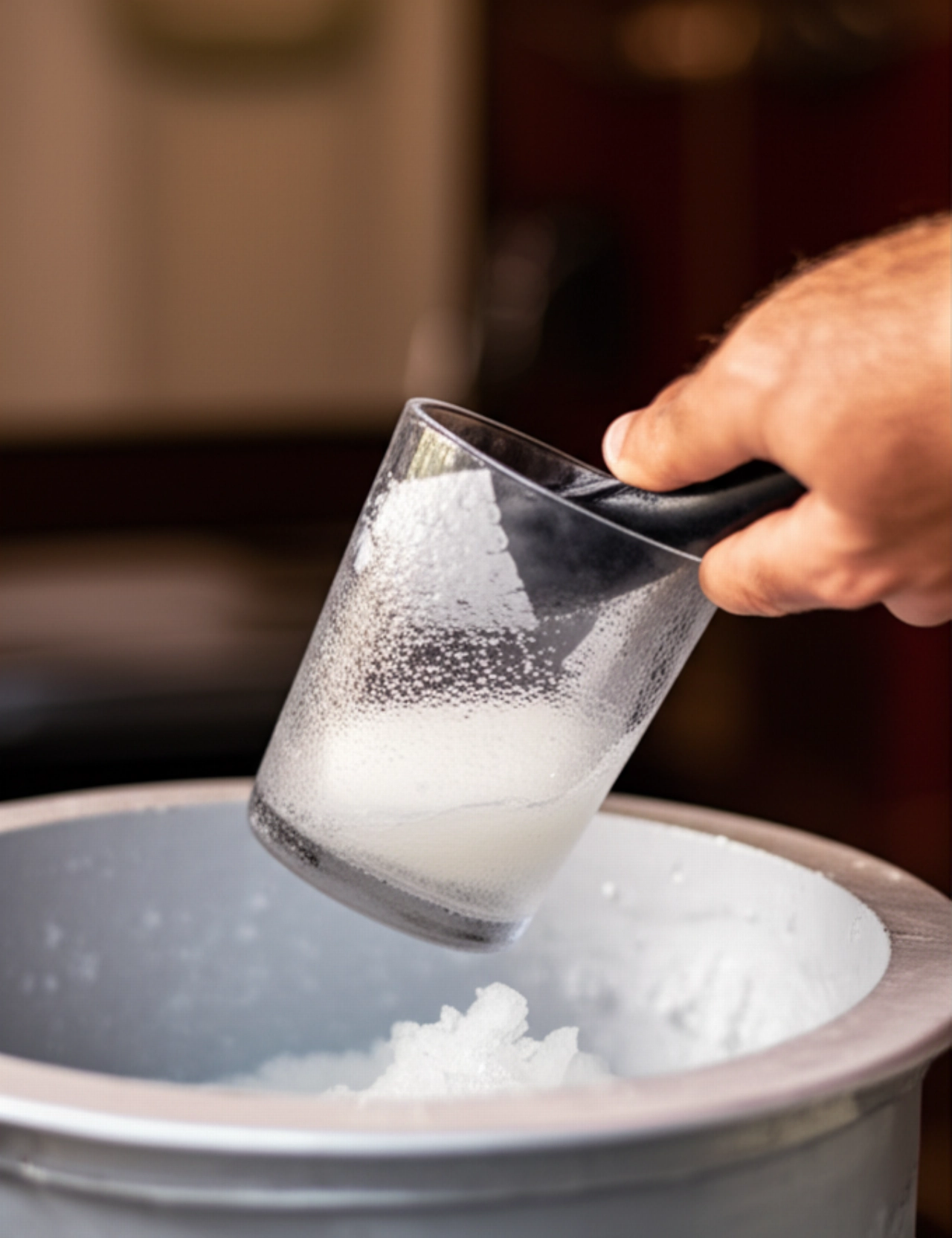
The Secret to Perfect Granita: Creamy Texture and Intense Flavor
The real challenge of homemade granita is to avoid the formation of large ice crystals, which make it similar to a frozen sorbet and not the velvety creaminess we seek. Our strategic angle is precisely this: to guarantee an incredibly smooth, almost churned granita, with a lively and bright lemon flavor. The promise is clear: no more 'popsicle' effect, I'll guide you step by step to get the perfect creaminess, just like the one that slowly melts in your mouth, leaving an explosion of freshness.

Ingredients for Authentic Sicilian Granita: The Choice That Makes the Difference
It's not just a list, but a reasoned selection. Each ingredient plays a fundamental role in the success of your masterpiece.
- Lemons: Choose untreated, organic Sicilian lemons with a thick, fragrant peel. They are the soul of your granita. Their acidity and intense aroma are irreplaceable.
- Granulated Sugar: The quantity is crucial. It's not just for sweetening, but to lower the freezing point of water, contributing to creaminess. Too much would make it syrupy, too little would make it freeze too hard.
- Water: Use natural, preferably filtered water. The purity of the water enhances the lemon flavor and contributes to the clarity of the granita.
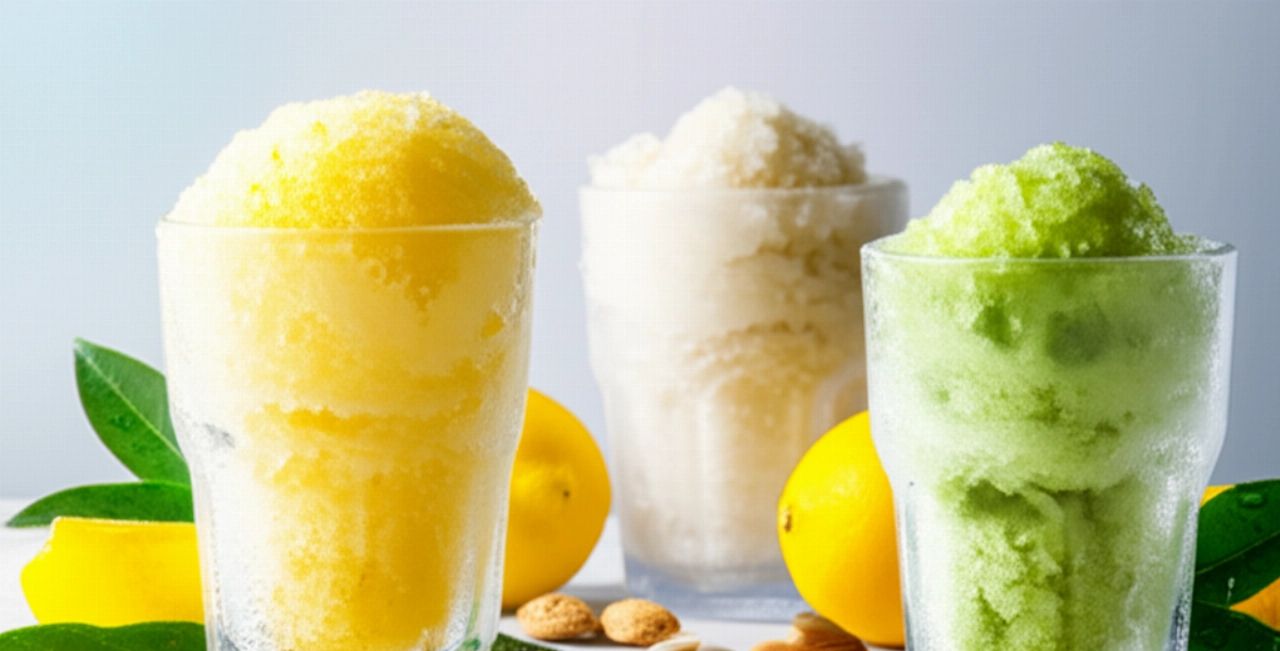
The 3 Common Mistakes in Granita Preparation (and How to Avoid Them)
As a cooking expert, I know the pitfalls well. I'll protect you from the most common mistakes that can ruin your granita:
- Not stirring often enough: This is the number one mistake! If you let the granita freeze undisturbed, a single block of ice will form. The secret is to 'churn' regularly, breaking up the crystals as they form.
- Too much or too little sugar: A wrong balance compromises the consistency. Too much sugar and you'll have a thick syrup. Too little and the granita will be hard and icy. Follow the doses precisely; they are the result of years of experience.
- Unsuitable lemons or bitter zest: If you use lemons with little pulp, little juice, or a treated peel, the flavor will be weak or worse, bitter. And never grate the white part of the zest, that's what gives the bitterness!
Grandma's Magic Touch: The Secret to Infallible Creaminess
My grandmother, who was a true kitchen wizard, always told me: "Granita requires patience and love, just like a child." And she was right. Her secret to a melt-in-your-mouth creaminess was constant stirring. She didn't just do it once or twice, but every 20-30 minutes she would 'break' the ice with a fork, scraping the edges and bringing the mixture towards the center. This continuous movement, almost a massage, prevents crystals from growing too large and creates that velvety texture that makes Sicilian granita unique. Another little trick? She added the finely grated zest only halfway through the freezing process, to keep the aroma fresher and more vibrant.
Let's Prepare Sicilian Lemon Granita Together: The Step-by-Step Guide
Ingredients:
- 500 ml natural water
- 250 g granulated sugar
- 200 ml fresh lemon juice (about 3-4 large lemons)
- Grated zest of 1 untreated lemon (yellow part only)
Tools:
- Small saucepan
- Large stainless steel or glass bowl (freezer-safe)
- Whisk or wooden spoon
- Fork
Instructions:
- Prepare the Syrup: In a small saucepan, pour the water and sugar. Bring to a boil over medium heat, stirring until the sugar has completely dissolved. Let it boil for one minute, then remove from heat.
- Cool and Flavor: Let the syrup cool completely. This step is crucial! Once cold, add the filtered lemon juice and mix well.
- Start Freezing: Pour the mixture into a large, shallow bowl (the more surface area, the faster it freezes). Place the bowl in the freezer.
- Constant Churning: This is the heart of the recipe! After about 30-45 minutes, the mixture will start to freeze at the edges. Take the bowl out of the freezer and, with a fork, energetically scrape the crystals that have formed, bringing them towards the center and mixing well.
- Add the Zest: At this point, if you haven't already, add the grated lemon zest. Continue to stir.
- Repeat the Process: Return the bowl to the freezer and repeat the scraping and stirring operation every 20-30 minutes for at least 3-4 hours, or until the granita has reached a grainy but creamy consistency, similar to wet snow. The more consistent you are, the more perfect your granita will be.
- Serve with Love: Once ready, serve the granita in cold glasses, perhaps accompanied by a soft brioche col tuppo. It's the quintessential Sicilian breakfast!
Variations on the Theme: Other Flavors to Try
- Almond Granita: Replace lemon juice with pure (unsweetened) almond milk and adjust sugar.
- Coffee Granita: Prepare a very strong, cold coffee, sweeten to taste, and proceed as for lemon granita. Perfect with a dollop of whipped cream!
- Mulberry Granita: Blend fresh mulberries and strain them to remove seeds, then combine with the sugar syrup.
Tips and Frequently Asked Questions about Sicilian Granita
Here are some of the questions I get asked most often, with my "grandma chef" answers!
Can I use other fruits for granita?
Absolutely! The technique is the same, but you'll need to adjust the amount of sugar based on the sweetness of the chosen fruit. Fruits like strawberries, peaches, mulberries, or figs are perfect. Remember to blend the fruit and strain it if necessary.
How long does granita keep in the freezer?
Granita is best when freshly made. However, you can store it in an airtight container in the freezer for 3-4 days. Before serving, I recommend scraping it again with a fork to restore its creaminess.
What if I don't have a food processor to "churn"?
Don't worry! The traditional Sicilian recipe actually calls for "churning" by hand, with a fork. It just requires a bit more elbow grease and consistency. The result will still be excellent.
Why is my granita too hard or too liquid?
If it's too hard, you probably didn't stir often enough during freezing or used too little sugar. If it's too liquid, the amount of sugar might be excessive or it didn't stay in the freezer long enough.
Can I make granita without sugar?
Technically yes, but the consistency will be very different. Sugar is not just a sweetener, but a key element that prevents water from forming overly large ice crystals, making the granita creamy. You can try with natural sweeteners, but the result won't be the same.
A Sip of Sicily, an Embrace of Flavor
There you have it! Now you don't just have a recipe, but all the secrets to bring a piece of Sicily to your table, an explosion of freshness and flavor that everyone will fall in love with. You've learned to tame the ice, enhance the lemon, and create a consistency that is pure poetry for the palate.
Don't be afraid to challenge yourself. Patience is your best friend in this preparation, and the result will reward you for every effort. Cooking is an act of creativity, and with this solid foundation, applause will not be lacking.
Have you prepared your Sicilian Granita? We can't wait to hear how it went! Leave a comment below, tell us about your experience, or share a photo on Instagram by tagging @CercaRicette.it. If you loved this freshness, you can't miss our recipe for Sicilian Pistachio Ice Cream or a perfect pairing like Almond Cookies. Until the next recipe, friends!
